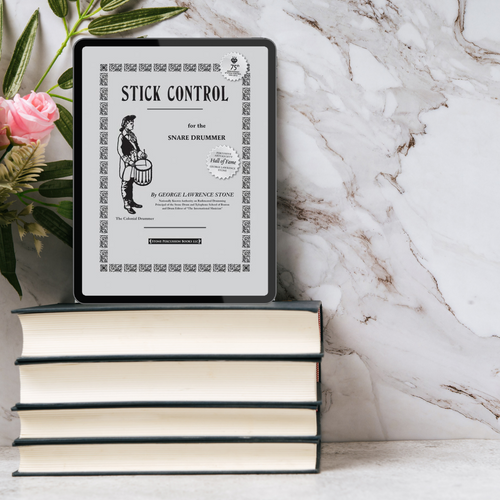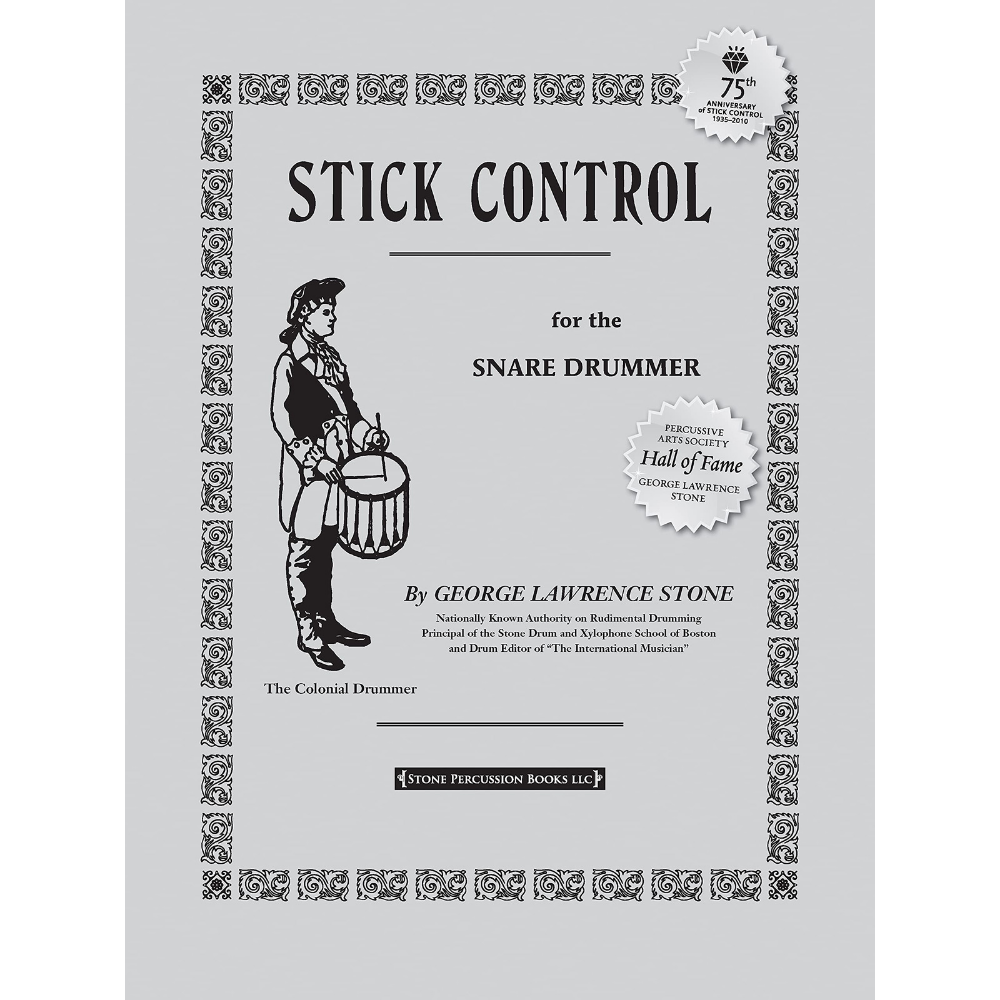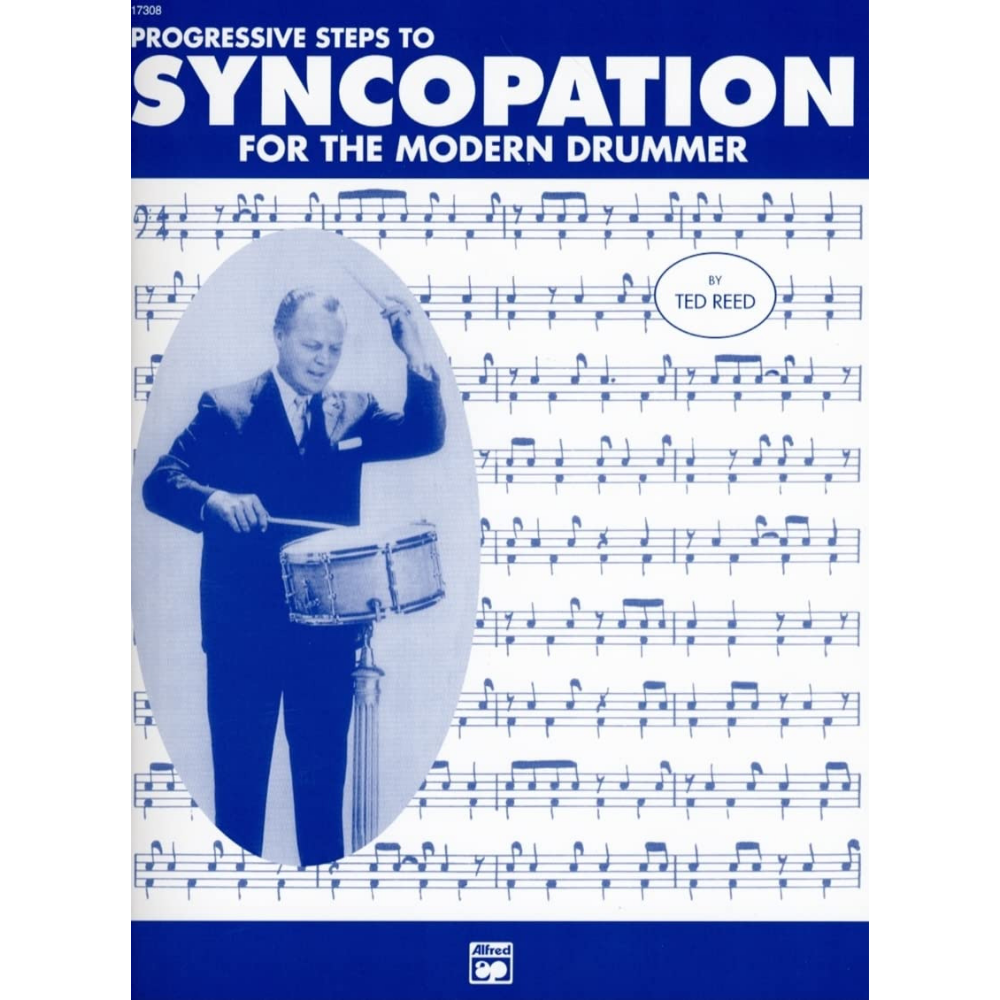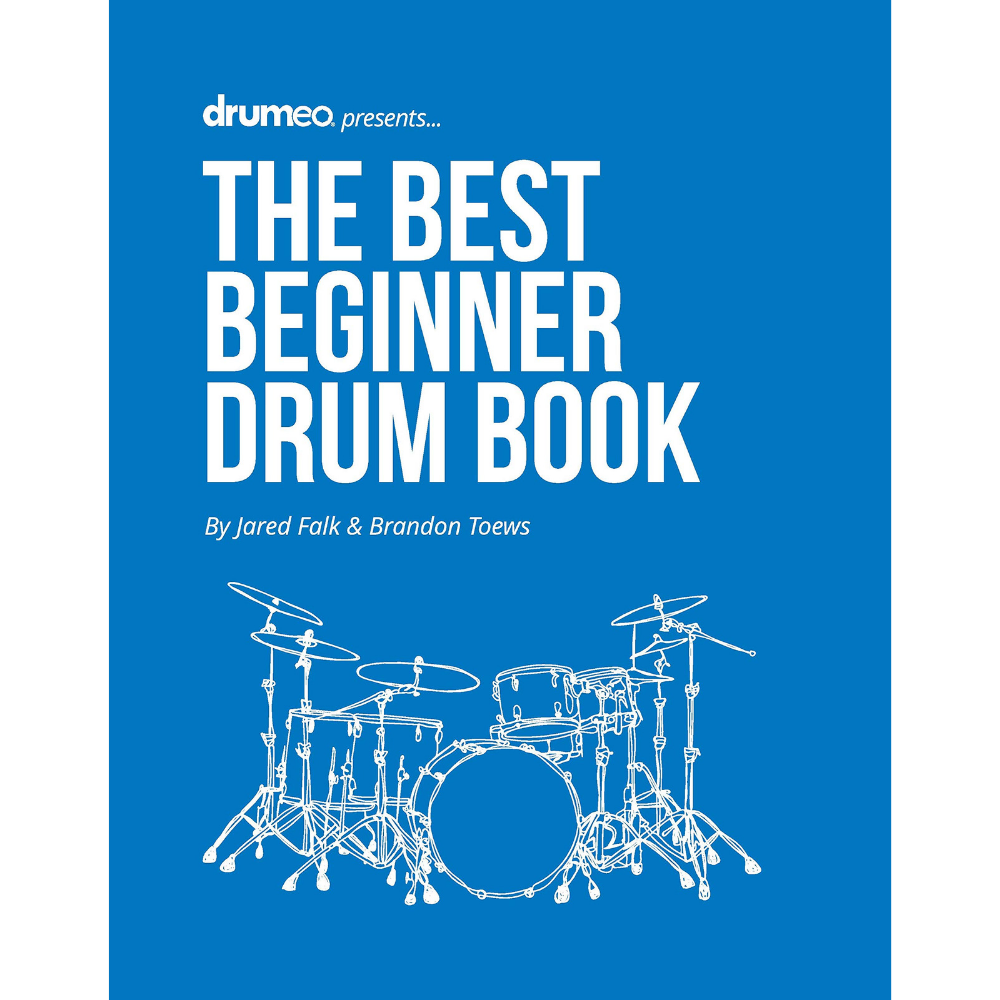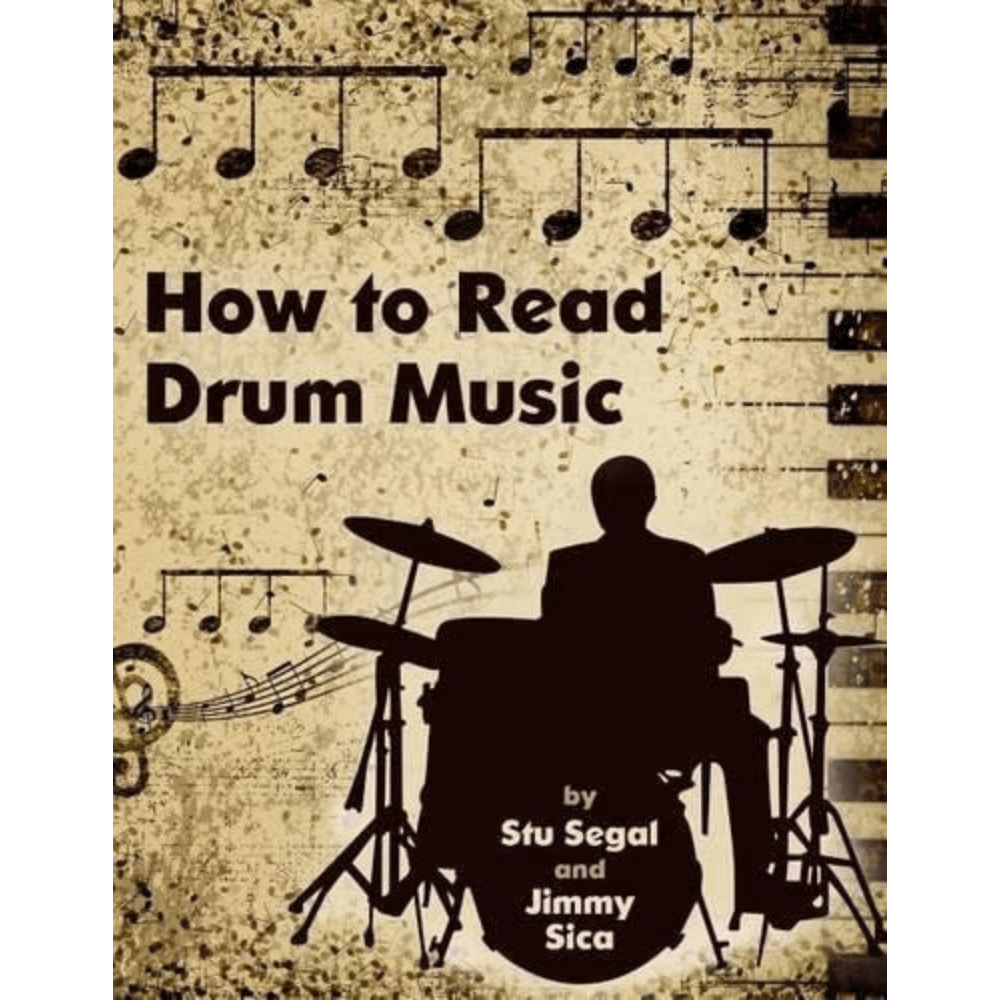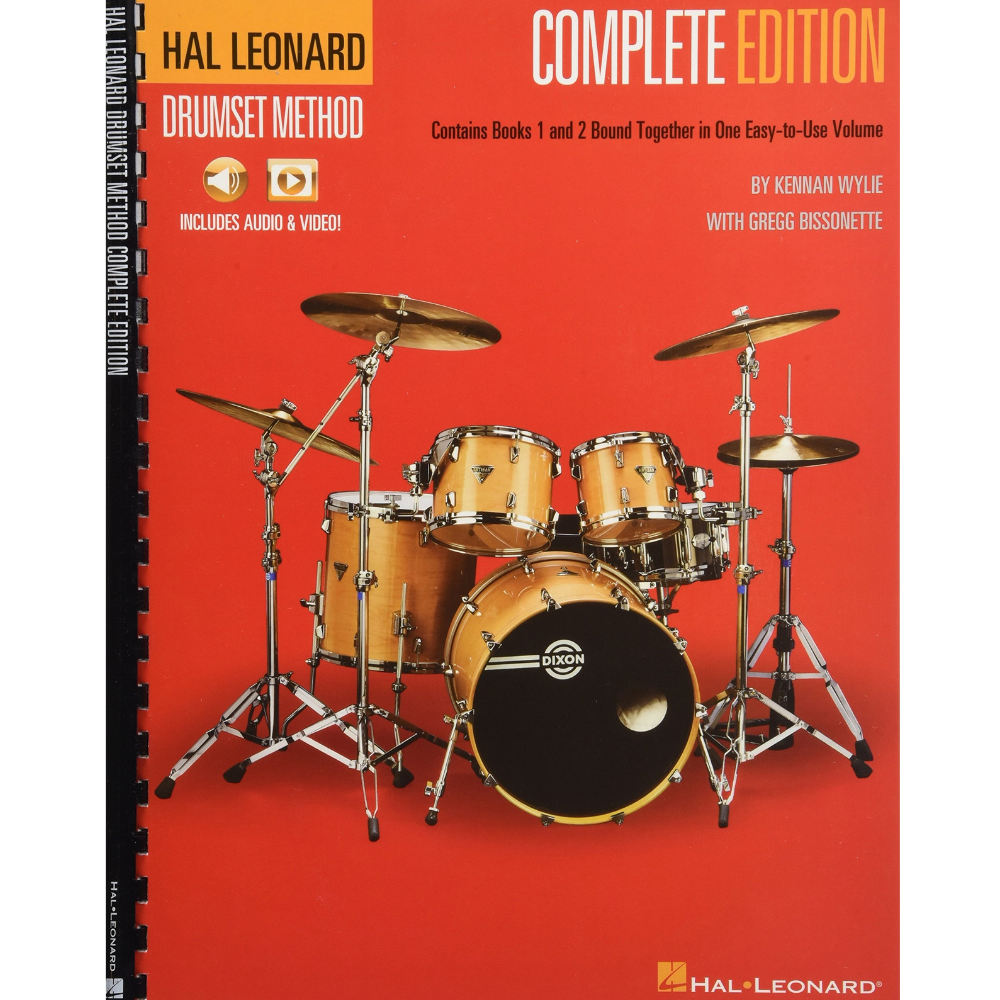Did you know that learning to play the drums can be easy and fun?
With the right drum books, getting started on your journey of learning how to play the drums has never been easier. I’ve curated a list of our favorite beginner drum books that are perfect for those just starting out – no matter if it's rock or jazz, classical or funk! You'll find something here for everyone. Plus, these guides provide plenty of tips and tricks so you can stay on beat every time.
Learning drums is about more than just notes and rhythms — it's about having fun too! These instructions are designed with both enjoyment and education in mind, providing clear guidance from start to finish so you can make music in no time at all. The best part is there’s plenty to explore as far as different genres go — so let your creativity shine through each rhythm.
Get ready to unleash your inner musician by picking up one of these incredible beginner drum books today! Let’s get playing!
How I Choose
You want to learn how to drum, but you don't know where to start.
Drumming is a great way to improve your fitness, relieve stress, and have a lot of fun. But it can be difficult to get started if you don't know where to begin.
This article has highlighted 5 of the best books for beginner drummers. These books are easy to understand, filled with valuable content, and have high ratings from other drummers who have successfully used them.
Why do I love it?
I love the book for a number of reasons. Firstly, the book's goals are reasonable and achievable - Stone outlines different exercises that are designed to help improve technique, increase speed and agility, and ultimately become an even better drummer. Secondly, every exercise includes detailed instructions on how to play them while also increasing difficulty as you progress. Finally, as you advance through the book, it presents drum patterns that just keep getting harder and more complex, which further pushes you to improve your skills. Furthermore, it's not just a book of notes; Stone includes useful tips throughout that allow you to gain insight into drumming technique while actually playing drums allowing you to practice all facets of playing with ease.
What you should know
Stick Control is a must-have for anyone looking to improve their drumming technique. The book includes various exercises that are designed to help readers gain control and agility with their drumsticks. Additionally, not only will readers learn practical lessons such as “Simple 8th Note Studies” and “Mixed 8th Note Studies,” but they will also develop their sight-reading ability through exercises geared entirely toward reading music on the spot. Written in a clear and easy-to-understand way, this book will guide snare drummers of all levels toward mastering the skill of providing great accompaniment through tight, precise stick control. But don't just take it from me; pick up a copy for yourself today and see how far your drumming skills can take you!
Why do I love it?
I absolutely love the book for its clear explanations and examples of syncopated rhythms. This book offers a unique approach to learning complex syncopated rhythms. Each section focuses on a different rhythmic pattern, broken down into smaller segments that gradually become more difficult. Through this approach, I've found that you are able to work through difficult ideas at your own pace, instead of being bogged down by too much information at once. Additionally, this book includes in-depth historical overviews and musical concepts which are very helpful in understanding why certain rhythms behave the way they do. All in all, this book has been invaluable in helping drummers understand and develop their syncopation skills as a drummer.
What you should know
Progressive Steps to Syncopation for the Modern Drummer by Ted Reed is a well-known and highly respected guide to learning how to play syncopation on drums. It provides a step-by-step approach to understanding, practicing, and perfecting syncopation, with numerous examples of actual rhythms that the reader can play and practice with. The book contains 500 different exercises in all 12 keys, building up the learner's coordination and groove while exploring essential rudiment variations and polyrhythms. It also has valuable introductory sections on music theory and drum set performance tips - making it an excellent tool for aspiring drummers from all backgrounds! From building a handy reference library to music reading tips, this book offers a rich resource for mastering an important part of the drummer's skill set
Why do I love it?
Not only is it packed with helpful information to make learning drums easier, but it's also designed to be fun and inspiring. With this comprehensive book, readers will learn proper posture, technique, practice strategies, music theory, different musical styles, and much more. This book stands out for its deep understanding of the fundamentals of drumming and in-depth lessons on popular songs that appeal to both newbies and experienced players. Additionally, the authors' professional advice on choosing a drum kit - from budget to high-end options - makes this an essential read for anyone keen on taking up the drums!
What you should know
It explains how drums work, how to properly use the different tools such as sticks, pedals, and cymbals, as well as key techniques required for developing a rock-solid foundation for playing the instrument. The book also covers useful topics like drumming posture; accurate beat making; backbeat accents; playing fills with any rhythm; double bass drum patterns; hip-hop beats; bass drum secrets and much more. With detailed graphics, simple exercises, video lessons, and audio illustrations, it provides a complete step-by-step system for mastering the basics of drumming. Perfect for beginners and intermediate players alike, this book is designed to help you get better faster and start enjoying your music!
Why do I love it?
Not only does this book provide easy-to-follow instructions on how to read sheet music for drums, but it also contains 23 insightful exercises for increasing accuracy and expression when playing. The book covers essential principles like note values, meter signatures, and beats, as well as advanced topics such as odd time signatures and polyrhythms. With "How To Read Drum Music," drummers can gain access to the tools they need in order to confidently sightread without feeling overwhelmed or intimidated by complex notation. By combining simple explanations with fun practice drills, the book provides an enjoyable and effective learning experience.
What you should know
In this book and online lessons, readers learn how to interpret various rhythmic patterns such as eighth notes, triplets, shuffle rhythms, ties, and rests. Additionally, Segal & Sica make playing challenging beats easier by offering detailed explanations on how to read different time signatures like 3/4 or 5/4. Their instructions also cover a range of topics from subdivisions and dynamics to fills and different ways to play around a groove. From complete novices to classically trained players, "How To Read Drum Music" is sure to benefit any percussionist looking for tips on improving their skill set!
Why do I love it?
This two-book set provides detailed instruction and visual support for those learning the fundamentals of drumming. It starts with the basics of jazz drumming like technique, music theory, positioning, and rhythm, and progresses to improvisation, melody development, solo drumming, and all the necessary components to become a proficient drummer. With online media attached to each book allowing students to watch synced video performances of each song demonstrated in both books, it's easy to understand the concepts through hearing, seeing, and playing along. This is the ideal book for everyone from beginners just starting out on their first kit, to experienced players looking for a refresher course in essential techniques.
What you should know
If you’re looking to become the best drummer you can be, the Hal Leonard Drumset Method is the perfect place to start. This complete edition includes two books, an instructional video, and audio so you have a practical approach to mastering drumming fundamentals. The lessons are broken down into step-by-step instructions, allowing you to progress at your own pace while receiving helpful tips and advice from instructors Kennan Wylie and Gregg Bissonette. You can access a great collection of songs in various styles including rock, funk, reggae, and more. Whether you’re a beginner drummer or an advanced drummer looking for additional guidance and insight, this package has something for everyone. Ultimately, the Hal Leonard Drumset Method is the comprehensive guide geared towards self-improvement for drummers of all levels of ability and expertise.
The right book for you!
As we can see from all of the different options out there, choosing the best drum books for beginners is no easy task! However, with the right guidance and a bit of research, you can find the perfect fit for your needs. If you’re looking for an easy-to-understand resource to help guide you through your first steps in becoming a drummer, then any of the options mentioned above could make learning fun and convenient. Ultimately, it doesn’t matter which book you choose as long as it gives you accurate information in an easy to comprehend way. With just a little bit of effort and time, anyone can become the most promising up-and-coming drummer in no time!
Happy Reading!
FAQS
How can I learn to play the drums?
Learning to play the drums can be intimidating, but by taking it step by step and starting with the basics, you can be playing in no time. Finding a good drum teacher or instructor is essential, as they will give you the guidance and inspiration needed to progress quickly. Try out some different options before settling on one so that you find a teacher whose teaching style works best for you. To further your understanding and build your drumming skillset, look online for tutorials from experienced drummers and join a music community dedicated to examining practices and methods related to drumming. Both of these resources will provide valuable tips on proper technique and playing styles. Before you know it, you'll be playing along with your favorite artists' songs!
What are some basic drumming techniques?
Drums are a powerful musical instrument, and learning the basics can open up a world of musical possibilities. There are a few fundamental techniques used when drumming that add diversity, nuance, and excitement to the music. The most essential technique is the use of drum fills - this is when a single or series of strikes deviate from the set rhythm, allowing for smoother transitions between sections in the music. It's also important to understand basic rudimental patterns - this helps to create structure in drumming parts, allowing them to better fit in with the style of music you are playing. Lastly, learning musical styles and playing with different accents and subdivisions helps add complexity and energy to your beats, as well as highlighting specific points within them. With these techniques mastered, anyone will be on their way to becoming an expert drummer!
How do I hold the drumsticks?
Holding drumsticks correctly is not only important for sound quality and musicality, but also for safety. To start, the drumstick in your dominant hand should be held between your thumb and first finger, while the other three fingers slightly curl around the stick near the tip. While you want a light grip to allow maximum flexibility and control, it also should be enough to prevent any slippage. For the off-hand stick, you can use any comfortable grip that allows enough flexibility and reach to your desired patterns. Keep in mind that even though both sticks are held loosely initially, some movements may require you to tighten your grip in order to produce certain tones. That's why having just the right amount of grip is essential!
How do I sit on the drums?
Sitting on the drums is an essential part of learning how to play drums. It is especially important that you assume a comfortable yet steady posture in order to maximize your potential. You want to position yourself behind the drum set so that you are able to see both your hands and the cymbals clearly. Make sure that your feet are flat on the floor, that you sit up straight, and that your elbows are slightly bent. Positioning and angles of drumsticks in relation to your arms should be taken into consideration as well. Keeping this comfortable playing form will help ensure accuracy as well as minimize fatigue!
What is a drum kit?
A drum kit is a set of percussion instruments held together on a special stand or rack. It includes the drums themselves, cymbals, and also various pieces of specialist hardware to secure them all together and allow the drummer to adjust their tension for the best sound. Drum kits come in a variety of sizes and styles, from small children's kits up to professional-grade equipment usually seen in large concerts. They have been used for centuries as accompaniment in almost every style of music, from rock and metal to jazz and blues. The invention of the drum kit has revolutionized percussion playing, allowing a single musician to create many different rhythms with one set of instruments.
What are the different parts of a drum kit?
A drum kit is a piece of percussion equipment typically used by drummers in many kinds of musical performances. It consists of a variety of different drums, cymbals, and other percussion instruments, each producing its own unique sound. Together, these components form the full range and sound that give drum kits their signature sound. This range includes a bass drum, which is the largest part and produces the lower notes; toms or tom-toms, which are medium drums set on stands; snare drums which have snares attached to the bottom to produce an intense and sharp tone; hi-hat cymbals with cymbal stands on either side; ride cymbals which create smoother sounds along with crash cymbals for accents or fills; and lastly percussion instruments such as gongs or tambourines. All these parts work together to allow drummers to craft complex beats and rhythms within songs.
How do I create a drumbeat?
Creating a drumbeat can be an exciting exercise! To begin, it's important to decide on the tempo of your groove and its style. Do you want it to be fast or slow? Upbeat or laid back? With a little bit of trial and practice, you can craft each beat to fit the specific tone you're going for. Once you’ve got your tempo and style defined, start experimenting with specific rhythms. For example, if you’re aiming for something snappy and percussive, try creating catchy beats by keeping short notes on the hi-hat or tambourine while keeping a steady kick and snare pattern in the background. If you're looking for something dreamier, switch out the hi-hat for a ride cymbal. Give yourself time to try different ideas until something feels right. This is your beat! Build off what you've created by adding additional layers such as syncopated patterns on shakers and other sound elements like claps or finger snaps. Have fun creating unique and personalized grooves that express your own take on rhythm and music!
What are some simple drumming patterns?
Drumming patterns are the foundation of any good drummer's repertoire. There are a few simple ones that beginners can quickly learn and start incorporating into their own drumming style. The paradiddle is a great first pattern to tackle and forms the basis for many more complex rhythms. Another basic but powerful pattern to practice is the single-flanged roll, which combines alternating hands in a steady roll on the snare drum. Alternating between kick drums, snares, and hi-hat cymbals also provides an immediate change to traditional four-count beats. With a bit of experimentation and practice, basic drumming patterns can be transformed into unique and creative drum beats that will help make your playing stand out from the crowd.

